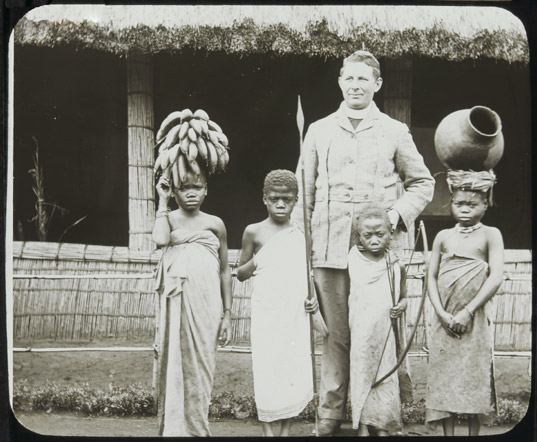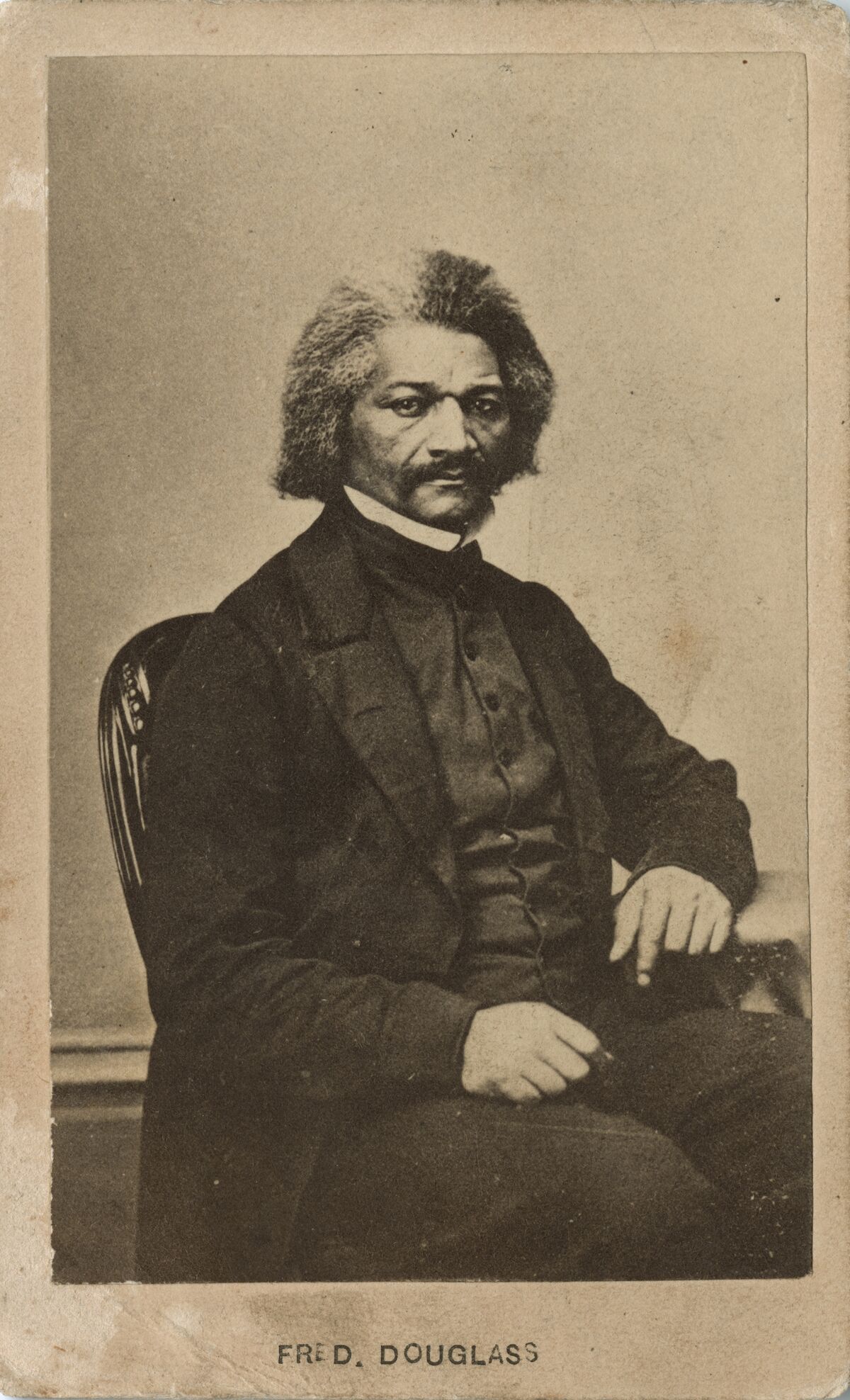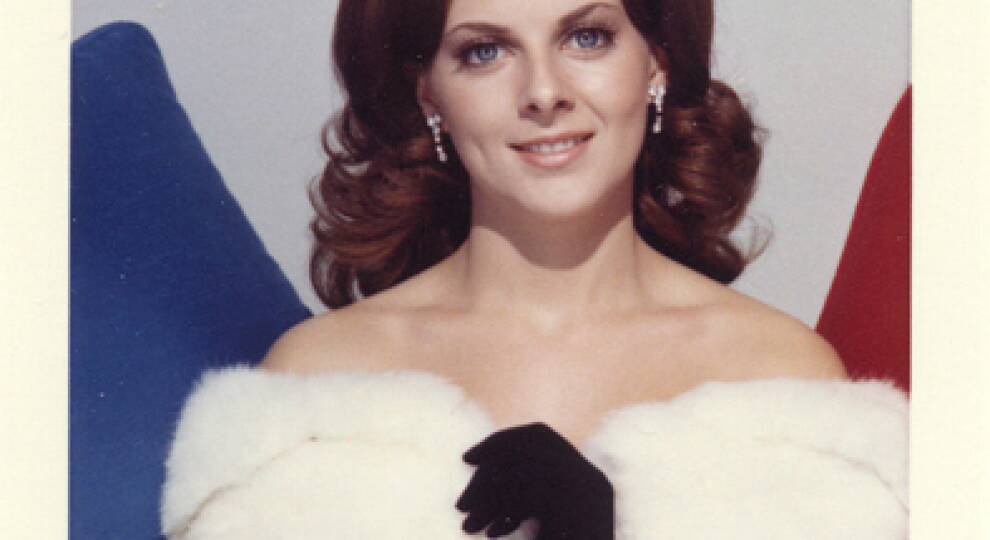Article
The Black and White Truth About Photography

The Black and White Truth About Photography
At its most basic level photography is about storytelling. However, it’s not all black and white in the history and use of photography.
Photography was first seen in 1839. Human beings are creative and desire to see images of themselves in various places, from the walls of caves to printed photographs. The presence of photographs are responsible for the structure of many social landscapes and concepts about different people groups. In the 19th century photographs were initially used with the concept that we were viewing the ‘natural world’, however images are coded.

The stories portrayed in each image is a collation of thoughts and actions that have been frozen in a slice of time by the photographer, and despite the capture of this single moment the image contains outside influences of both the subject-taker and the object. The creator is subjective in choosing the object, person, place to be photographed, and the viewer is also subjectively observing the contents of the image by applying their learned and inherited beliefs in the story seen through a series of types, signs and codes.
The context, composition and purpose of the image is critical to its integrity; combined together they convey a message and a mission.
Photographs are therefore concurrently silent and speaking volumes because of the embedded messages in the frame. There is a trope that ‘the camera does not lie’, but is that true? Is the camera a neutral participant in history?
For example, did the photographic lens of the 19th century condition racial behaviour? It can be argued that natural science and racism, e.g. Darwinism, were supported by photography which became a mass medium of racist propaganda in the 19th century. Charles Darwin, Thomas Huxley, and John Lamprey’s ideas of ethnology and evolution of human ‘species’ were expanded by the use of photography as they produced racial iconography that split humanity into racial types, local types, and multiple variations of the colonial ‘other’. This cultural imagery was coded and mapped as evidence of ‘hard science’ and the biological thinking of the time.
The Empire used photography as a public political weapon in its capitalist schemes to represent European superiority in Sub-Saharan Africa; the scientists and missionaries who invaded the African continent coded themselves as powerful bearers of ‘light’ to a ‘dark’ continent and a ‘dark’ people. This visual racialisation of humanity changed the way generations of people began to see each other globally, and entrenched bias in many areas of the world.
Frederick Douglass used photography to send a message of equal humanity. Douglass was the most photographed American in the 19th century – even more photographed than President Abraham Lincoln, and Douglass used his photographs to present an image of a positive Black masculine persona, often with a direct gaze into the camera.

Douglass engaged in a war of imagery as he counteracted the racist caricatures that were circulating at the time by using photography as self-representation. Being seen accurately by the camera was an essential step towards inclusive representation and justice; Sojourner Truth, and Martin Luther King Jnr also employed photography in the same manner: to help end to slavery and gain civil rights.
I have always loved photography, I inherited my particular fascination of this means of capturing the present and making it into the past from my mother; I also inherited her 1960s box Brownie. The box Brownie was a series of cameras first released by Eastman Kodak in 1900, created to market and sell black and white Kodak film.
In the late 1950s my parents migrated to their new home in Wiltshire in the English West Country, from Jamaica in the Caribbean; I still have their original black and white British passport photographs. As a family was initially separated across the globe, it became a tradition to take photographs and send them with letters back and forth across the Atlantic to remind missing family members what each other looked like. We continued this tradition for decades, even when the core of the family was reunited, as there were still extended family members to keep up to date: family members who would never see each other again apart from in the black and white, and sometimes colour, images that travelled the world by air mail.
In our family albums, the initial images taken in the UK render most of the facial features of the subject almost indiscernible, these were taken mostly by the single camera my mother had purchased. These include school trip photographs where my elder siblings were featured as a dark shape in clothes, whilst their white skinned classmates were perfectly depicted.
As a child I remember that I initially did not believe in photography as a means of accurately depicting people with dark skin tones, primarily because of the early evidence in magazines, and also in the photographs framed on walls in our home and mounted in albums.
As I turn the pages of the album revisiting the images taken throughout the years, I notice that eventually all family members are clearly seen in the frame as local professional photographers, from the same background as our family, were employed to correctly capture and develop group images without the usual loss of definition when film was submitted to the standard development laboratories. This continued until the development and upgrade of the technical processing of commercially available colour film and cameras.
In an early family group portrait, I was so convinced that the image of my face was not going to be visible that I closed one eye to prove my point; when the final set of prints were brought to our family home I recall experiencing both wonder and amazement that images of people like me could be seen clearly and accurately: it was a personal historical moment of realisation and when I truly fell in love with photography in both monochrome and colour.
Commercial colour film was introduced in 1936 into the Kodak range in America, and the Agfacolor-Neu range in Germany.
People of the Global Majority were not included in the marketing and product development models as the consumer market was deemed to be solely for white and light skin tones rather than darker skin tones. In the film development process the ‘normal’ skin tone of images were checked against the Shirley Card, based on the image of a Caucasian woman with brown hair.

By categorising light skin as the ‘type’, as normal, and other skin tones as needing special reparative care, photography has subtly changed how people interact with each other, and with images of each other.
The release of Kodak Gold Max film in 1986 was marketed as having an “improved dynamic range”. This included the addition of processing chemicals that would bring out the various brown, reddish, and yellow skin tones in images; these chemicals had been deliberately omitted for decades as the idealised skin tone was based on whiteness, and light skin tones, according to the Shirley Card, and not darker skin tones.
The Kodak Gold Max marketing slogan was, “Fine film that can photograph a dark horse in low light.”
The reason for this change by Kodak were the complaints and pressure from chocolate and furniture manufacturers to produce a colour film that rendered the difference between dark grained wood and light grained wood, and dark and light chocolate.
It was not until 1990 that the portrayal of skin tones of people of the Global Majority was tackled in the colour film world when Philips, in Breda, Holland created two different computer chips to independently adjust and balance lighter and darker shades of skin tone. Philips were responding to the ascendency of celebrities and shows like Oprah, BET, and The Cosby Show. In the mid-1990s, as an attempt to help film development technicians calibrate skin tones, Kodak introduced a multiracial Shirley card with three women, one black, one white, and one Asian, and later included a Latinx model. The multiracial Shirley Cards were viewed as variations, and unwilling compromises from the original ‘type’ as the social bias of early 19th century conventions remained even as the use of digital photography was rising.
With personal evidence from childhood that photographs could be accurately representative, I embraced the new technology in camera equipment, and I experimented in my own dark room to ensure what I viewed through the lens was accurately shown as a print.
Digital photography still has bias towards whiteness built into its technology. In 2009, Hewlett-Packard was accused of making a ‘racist computer’ that failed to recognise or track the faces of people from the Global Majority. Hewlett-Packard responded that “The technology we use is built on standard algorithms that measure the difference in intensity of contrast between the eyes and the upper cheek and nose. We believe that the camera might have difficulty ‘seeing’ contrast in conditions where there is insufficient foreground lighting,” this explanation sounds very much like an electronic Shirley Card of the 1930s to the 1990s.
Digital images do not alleviate the paradox of film photography because digital images are culturally mediated and coded messages, therefore they are not natural or spontaneous.
The computer is operated by binary code, programmed by culturally biased human beings.
Medical photography, along with programming of digital cameras, is an area that continues to centre its normativity around the whiteness of the Shirley Card concept and is generally not inclusive of the Global Majority. Whilst studying medicine, student Malone Mukwende noticed the lack of diversity of images in medical literature and education. Starting in 2019 Malone Mukwende created a clinical handbook, Mind The Gap, of clinical signs and symptoms of diseases as presented on the skin of the Global Majority. The message and the code of these images is that the health of people from the Global Majority must be observed and treated in the same way as the portion of the world’s population who inhabit whiteness.
Photography remains a paradox as it influences society and concurrently influences the discussion around the medium of photography itself.
© Marjorie H Morgan 2021
References:
9/3/2019 The Racial Bias Built Into Photography – The New York Times https://www.nytimes.com/2019/04/25/lens/sarah-lewis-racial-bias-photography.html?smid=nytcore-ios-share
Wevers, R., 2016. ‘Kodak Shirley is the Norm’: On Racism and Photography. Junctions: Graduate Journal of the Humanities, 1(1), pp.63–72. DOI: http://doi.org/10.33391/jgjh.19
https://www.wired.com/2009/12/hp-notebooks-racist/
https://www.theguardian.com/media/pda/2009/dec/23/hewlett-packard
https://www.romarchive.eu/en/politics-photography/politics-photography/bilderkanon/
Previous Post